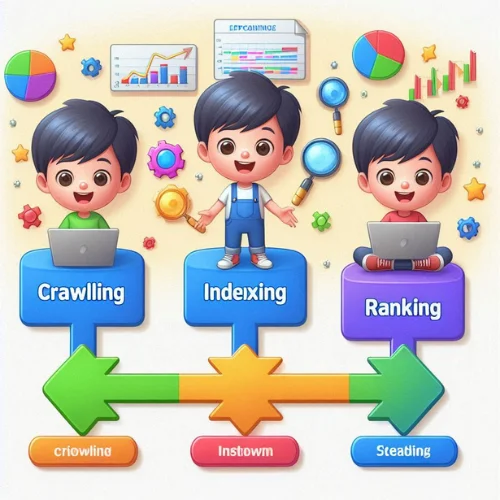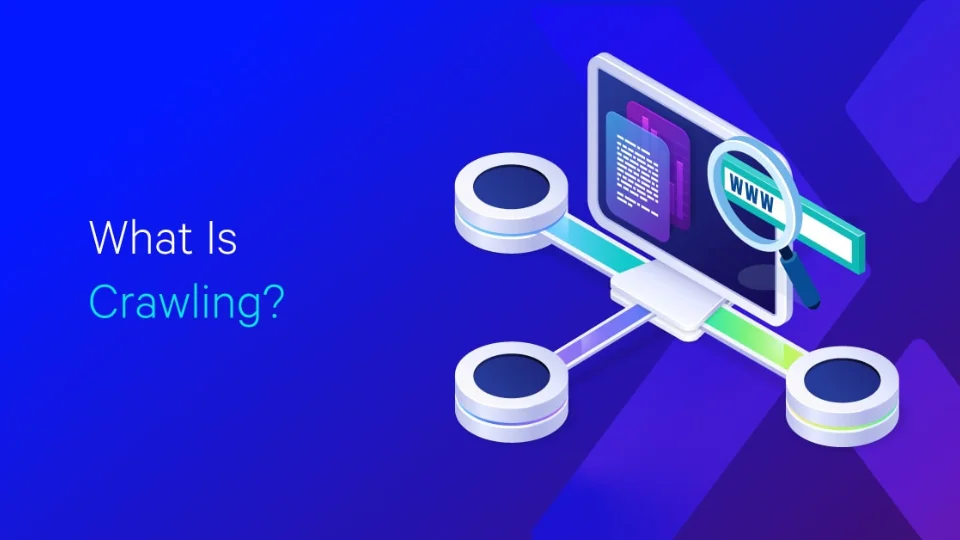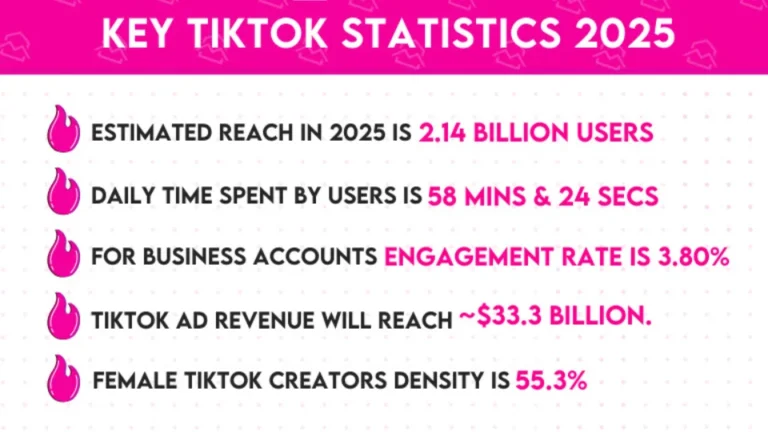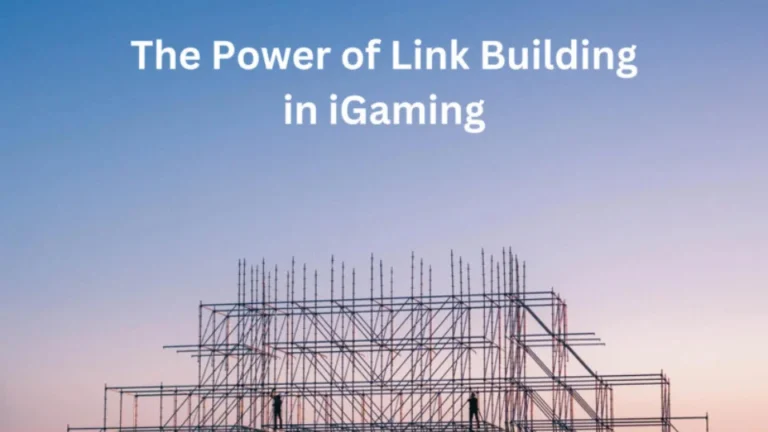What Is Crawling? A Complete Guide to How Search Engines Discover Your Site
When you hear about SEO, you’ll often come across the term “crawling.” But what is crawling exactly, and why is it essential for your website’s success?
In this article, we will break down what crawling means, how it works, its impact on your SEO strategy, and best practices to ensure your site gets properly crawled and indexed.
What Is Crawling?
Crawling is the process where search engine bots, also known as spiders or crawlers, systematically browse the internet to discover new and updated content. They follow links from page to page, gathering information to add to a search engine’s index.
Without crawling, your website wouldn’t appear in search results because search engines wouldn’t even know it exists.
Key points about crawling:

- It’s the first step in getting indexed by search engines like Google, Bing, or Yahoo.
- Crawlers navigate your website by following internal and external links.
- Well-optimized websites make it easier for crawlers to access important pages.
How Crawling Works

Understanding the crawling process helps you better optimize your site. Here’s a simple breakdown:
- Discovery:
Crawlers start by finding new URLs, either from sitemaps, backlinks, or previous crawl data. - Fetching:
Once a URL is discovered, the crawler sends a request to the server to retrieve the page’s content. - Processing:
The content is analyzed for links to other pages, which are added to the list of pages to be crawled next. - Queuing:
Pages are prioritized based on importance, authority, and freshness. - Crawling:
The process repeats continuously to keep the index up to date.
Crawling vs Indexing vs Ranking: What’s the Difference?

These three terms are often confused, but they refer to different steps in how search engines work.
| Stage | What It Means | Purpose |
|---|---|---|
| Crawling | Finding new pages | Discover web content |
| Indexing | Storing and organizing content | Prepare content for search |
| Ranking | Ordering results based on relevance | Deliver the best search results |
- Crawling is about finding.
- Indexing is about storing.
- Ranking is about ordering.
Why Is Crawling Important for SEO?
Without crawling, your content remains invisible to search engines. Proper crawling is critical for several reasons:
- Ensures Visibility: Your pages need to be crawled to show up in search results.
- Supports Faster Indexing: Well-structured sites get indexed quicker.
- Boosts SEO Performance: If bots can’t crawl your site efficiently, your rankings can suffer.
- Keeps Content Fresh: Frequent crawling updates your content status, helping you stay relevant.
Common Crawling Issues to Watch For
Even the best websites can experience crawling problems. Here are some common challenges:
1. Broken Links
Links that lead to 404 pages waste a crawler’s time and affect your SEO.
2. Poor Internal Linking
If your pages are not properly linked, crawlers may miss important content.
3. Crawl Budget Waste
Spending crawl resources on unimportant or duplicate pages can limit how much of your site gets crawled.
4. Blocked Pages
Incorrectly configured robots.txt files or meta tags can accidentally block essential pages from being crawled.
How to Improve Your Site’s Crawling
Making your website crawler-friendly boosts your SEO efforts significantly. Here’s how:
1. Submit a Sitemap
Create an XML sitemap and submit it to search engines via tools like Google Search Console.
2. Optimize Your Internal Linking
Link important pages together to guide crawlers through your site efficiently.
3. Eliminate Duplicate Content
Duplicate pages confuse crawlers and can dilute SEO value.
4. Maintain Fast Load Speeds
Slow-loading pages may cause crawlers to give up before finishing.
5. Regularly Audit with Crawl Tools
Use tools like Screaming Frog, Ahrefs, or SEMrush to find and fix crawl issues.
Pros and Cons of Crawling
Pros
- Increases Website Visibility
- Improves Content Discoverability
- Enhances SEO Ranking Potential
- Keeps Website Content Updated in Search Engines
Cons
- Resource-Intensive (especially for large websites)
- Potential Crawl Errors if the site structure is poor
- Over-crawling Risks leading to server strain
- Duplicate Content Issues if not properly managed
FAQs About Crawling
How often do search engines crawl a website?
It depends. Popular or frequently updated websites may get crawled daily, while smaller, less active sites could be crawled every few weeks.
What is a crawl budget?
A crawl budget is the number of pages a search engine will crawl on your site within a given timeframe. Optimizing site structure helps maximize your crawl budget.
Can I control which pages get crawled?
Yes. You can use robots.txt files and meta tags like “noindex” to manage which pages crawlers can access.
What is a robots.txt file?
A robots.txt file is a text file placed on your server that tells crawlers which parts of your site they can or cannot access.
What tools can I use to monitor crawling?
Helpful tools include:
- Google Search Console
- Screaming Frog SEO Spider
- Ahrefs Site Audit
- SEMrush Site Audit
These tools help identify crawl issues and improve your website’s accessibility to bots.
Conclusion: Make Crawling Work for Your SEO Success
Crawling is the foundation of your online visibility. Without it, even the best-designed website won’t appear in search engine results. By understanding how crawling works and optimizing your site accordingly, you ensure your content is discovered, indexed, and ranked properly.
If you want better search engine rankings, faster indexing, and a healthier website, start by making your site easier for crawlers to navigate.







